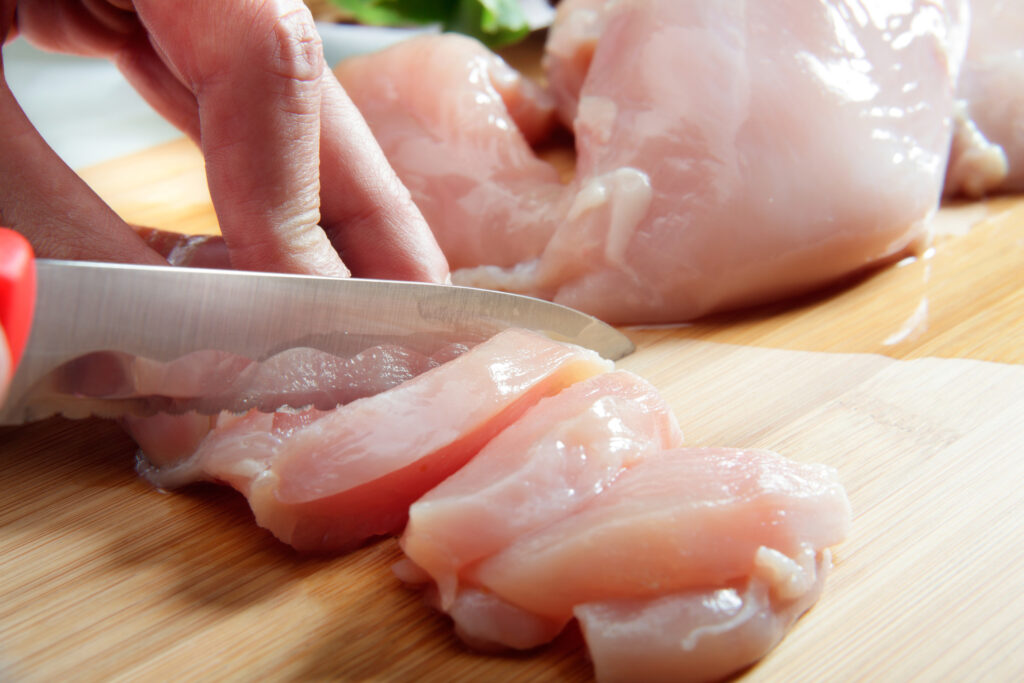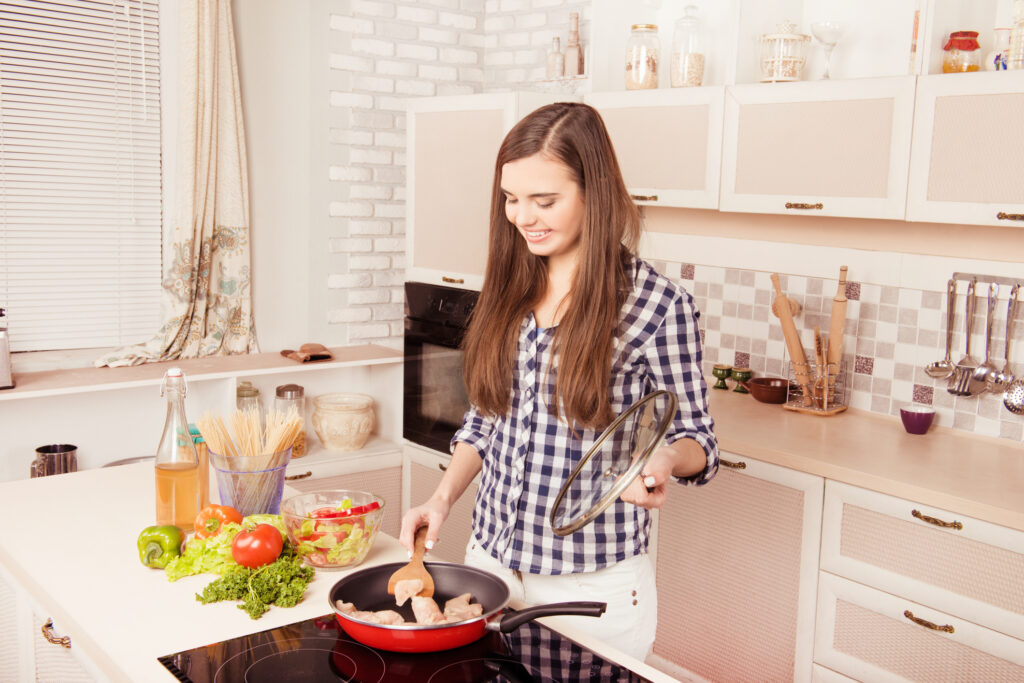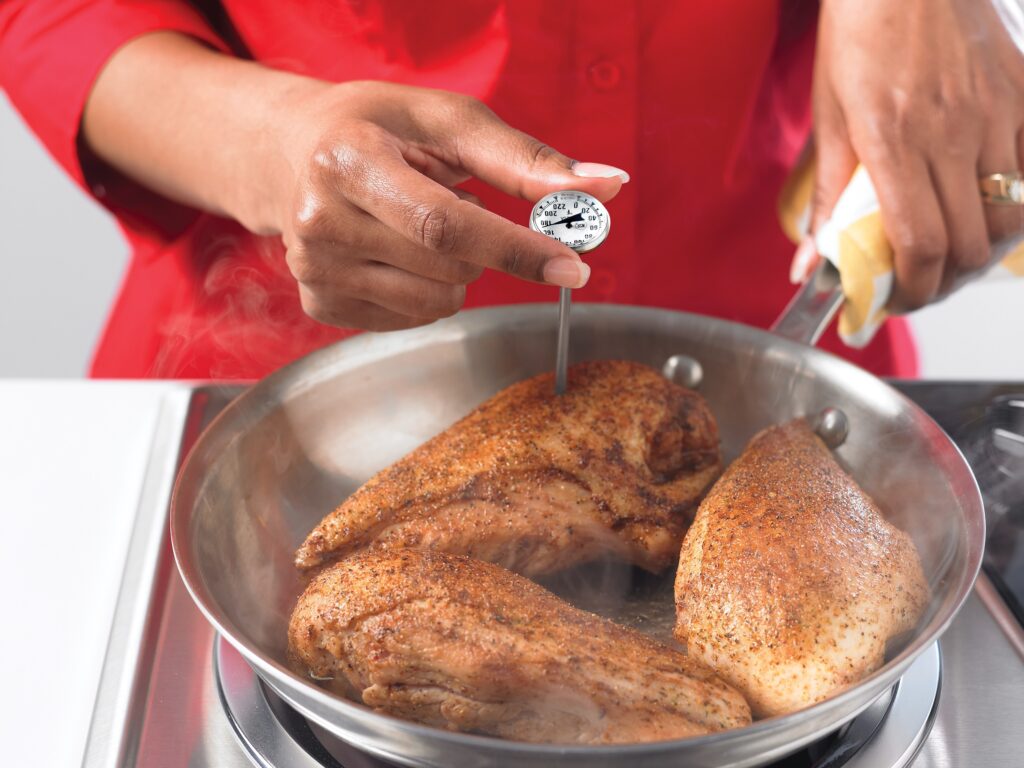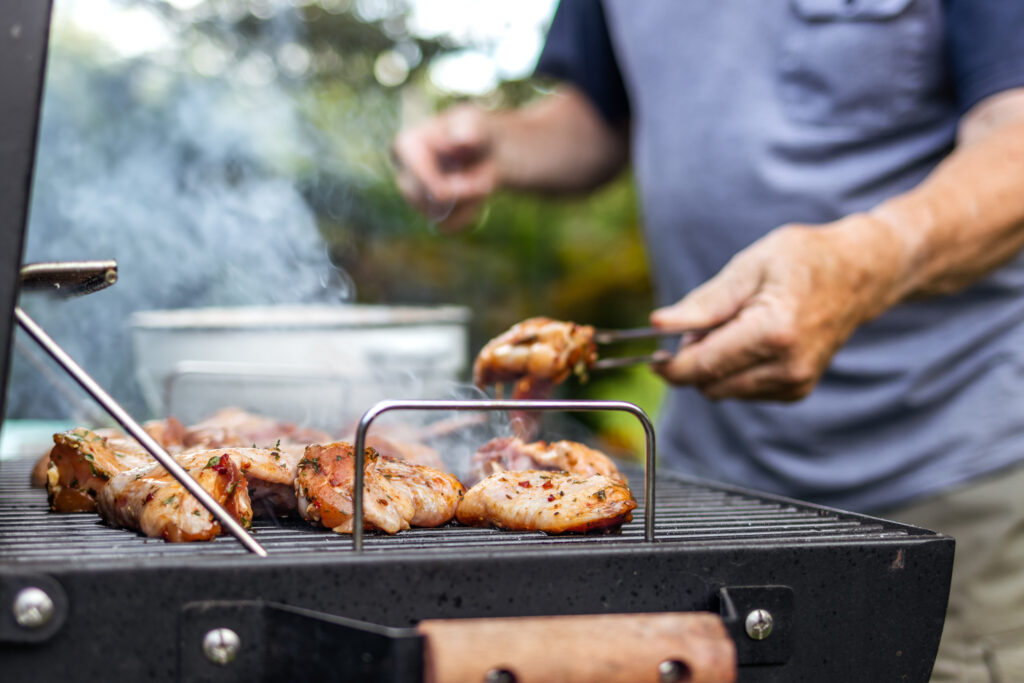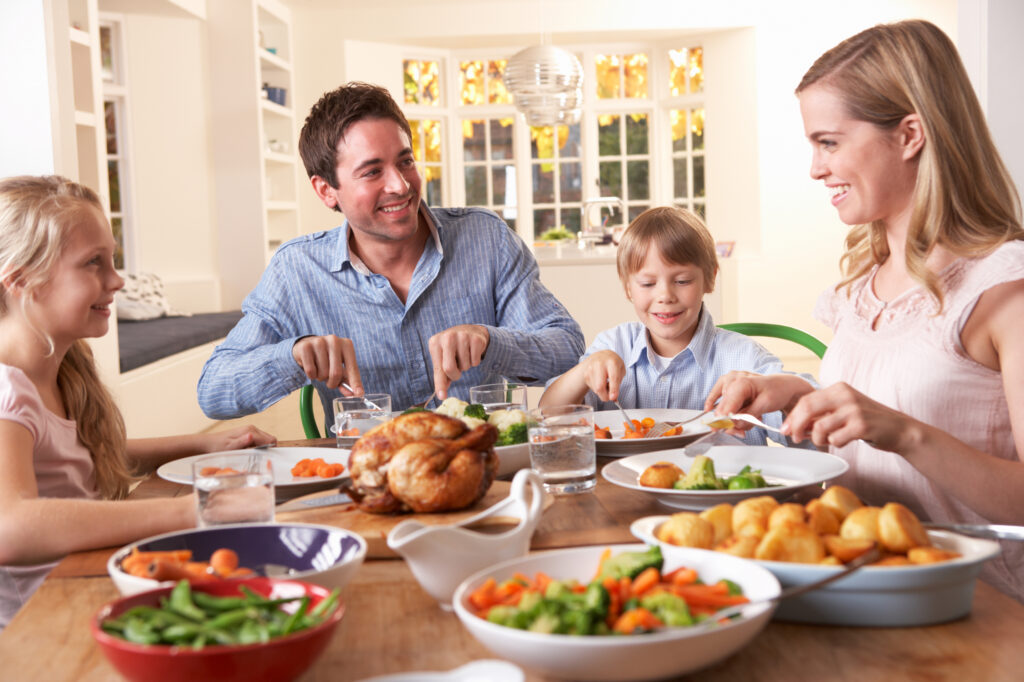Promoting Safe Poultry Handling During September National Food Safety Education Month
Salmonella causes more foodborne illnesses than any other bacteria, according to the Centers for Disease Control and Prevention.
To celebrate National Food Safety Education Month in September, the non-profit Partnership for Food Safety Education (PFSE), in collaboration with Drexel University and New Mexico State University, has launched “Don’t Wash Your Chicken,” an educational program aimed at households preparing and cooking raw chicken at home.
Informed by research from Drexel University, this program explains why certain poultry handling practices at home are risky and provides practical guidance people can take to reduce their risk of food poisoning.
“This year marks the 25th anniversary of collective efforts to advance safe food handling messages, including safe poultry handling,” said Britanny Saunier, PFSE executive director. “This program addresses why people still wash their chicken and helps them understand why they don’t need to wash raw poultry. It is our hope that, collectively, we’re able to break through those barriers and influence real behavior change that reduces the rate of foodborne illnesses through these new tools.”
This program features four animated videos to help home cooks stay healthy while preparing and cooking raw chicken. Aimed to reach a younger audience, the videos provide surprising, catchy food safety messages to grab the audience’s attention.
Recent research found that home cooks continue to wash raw poultry because they desire to control the process of preparing food, lack of trust in chicken processing, and the habitual nature of the behavior. Research also revealed that home cooks are willing to change their behavior if they understand the “why” behind the guidance. This program aims to help households understand how chicken is processed before they get it, learn the risks of washing raw poultry, as well as how to safely handle and cook poultry at home.
Along with the videos, this program highlights three key safe poultry handling messages:
- Washing or rinsing chicken increases risk. Salmonella, Campylobacter, and other harmful bacteria live on raw chicken. Washing or rinsing doesn’t remove this: worse, it helps the bacteria spread. When you add water through washing or rinsing, you give these bacteria a way to travel throughout your kitchen.
- Chicken has already been washed. Today’s manufacturing cleans the chicken, so there is no filth, feathers, or anything else on it that needs to be washed off. Poultry may have a coating of water and protein: this gets cooked off, or you can remove it with a clean paper towel.
- There’s a better, safer way to cook chicken. If you see anything on the chicken you want to get rid of, wipe it off with a clean paper towel. Separate raw chicken from fresh and ready-to-eat foods. Keep surfaces clean by washing them with hot, soapy water. Cooking chicken to 165°F using a food thermometer will kill any dangerous bacteria and make it safe to eat.
Access the campaign information and resources on PFSE’s safe poultry handling webpage.
By Shawnte Loeri, Communications Associate, PFSE
